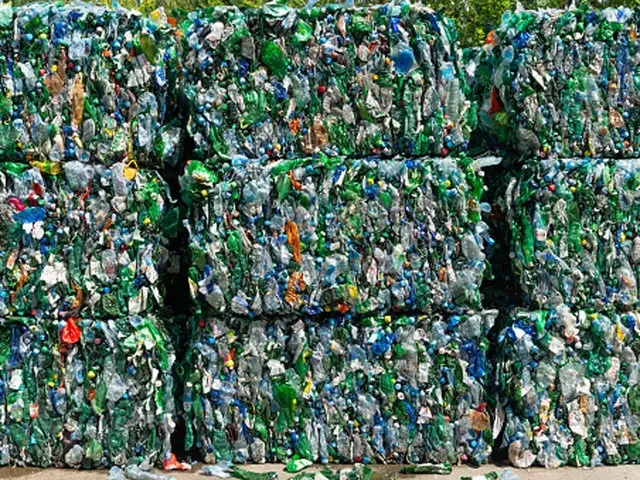Buildings that are fire resistant require a combination of the right materials and the right design. Buildings are frequently designed to prevent the spread of fire through both active and passive means. This implies that, in addition to active systems like sprinklers, passive systems like design specifications and materials are used. These include ‘sectioning’ designs that contain and slow fire as much as possible, as well as materials that have been tested and proven to withstand fire.
Fire engineers are experts at reviewing and assessing buildings to determine whether they meet fire safety standards. Before choosing fire resistant sealants, foams and epoxies, or any other building materials such as boards or insulation, always consult a fire engineer.
Fire-resistant sealant standards and guidelines
Non-combustible materials are always preferred in building products. Fires can spread exponentially if safety guidelines are not followed, causing extensive damage.
Methods for fire testing building materials, components, and structures, Australian Standard 1530.4 Many building consumables are tested for fire resistance using construction elements. However, the Australian Building Codes Board and other regulatory bodies have many other codes that should be consulted during the design and engineering stages.
The Fire Protection Association of Australia and the CSIRO, for example, provide guidance material for fire resistant building materials.
There is a wealth of information and literature available on fire resistant building materials such as cladding and plasterboard, but let’s focus on the various types of fire resistant sealant on the market.
Building sealants that are fire resistant
Intumescent sealants are another name for fire resistant sealants. Intumescent sealants swell when heated, providing a tighter gap seal and better protection for the building materials beneath them.
To be classified as fire resistant, products must be independently tested by an approved fire authority. The fire resistance rating then specifies the length of fire exposure for which the anchor product is qualified. These fire resistant sealants are used to seal joints in concrete or masonry that must meet Australian Standards for fire resistance.
In their technical data sheets, products like After Reflex and Fire sound from HB Fuller provide a fire rating in hours. This means they’ve been tested for fire resistance for at least 4 hours.
When exposed to fire, products like After Reflex expand, forming an inorganic plug in joints and voids. This helps to keep the fire from spreading through the building’s partitions.
Sika Fire rate, a fire retardant silicone, serves a similar purpose by providing a fire barrier with its inorganic acrylic fillers.
Expanding foam can also have a level of fire resistance. Foams such as HB Fuller Fula Foam are fire resistant for 3.5 hours and provide excellent acoustic insulation. Its airtight seal acts as an effective smoke barrier.
Fire-rated epoxy products can also be used to fill larger holes in concrete and brick. Pure 150-Pro Epoxy Injection is fire resistant for 2 hours.
Organix offers fire-resistant products.
- Fire Rated Sealant Reflex
- Acrylic sealant that is water-based
- Useful for internal and external expansion joints a
- AS1530.4 fire rating for 4 hours
- UV and water resistance is exceptional.
- Excellent flexibility, non-slump properties, and application ease
- Excellent for internal or external use.
- Fire Sound Fire Rated Acoustic Sealant by HB Fuller
- Fire protection for gaps of up to 50mm
- Fire rating of up to 4 hours (AS1530.4)
- Outstanding acoustic properties (STC 65)
- Excellent flexibility; +/- 20% joint movement capability Paintable
When exposed to fire or extreme heat, intumescent material expands.
Fire Resistant Expanding Foam Fula Foam TM
- Polyurethane expanding foam that is fire-resistant (Tested to AS1530.4)
- Effective anti-smoke seal
- Excellent bond strength
- Excellent thermal and acoustic insulation
- There are no CFCs or H-CFCs in this product.

















